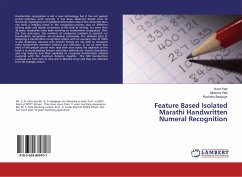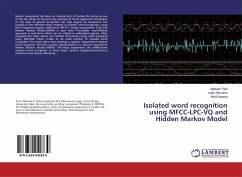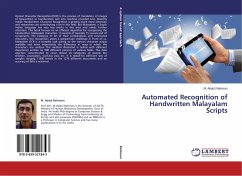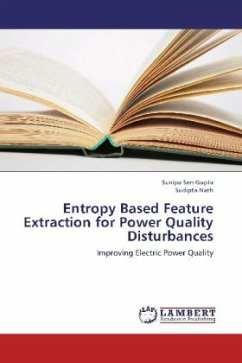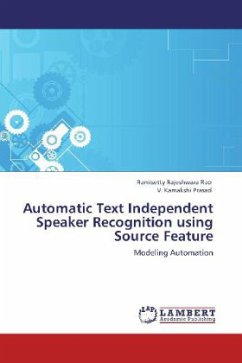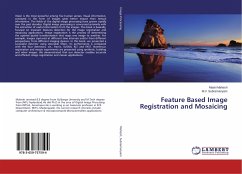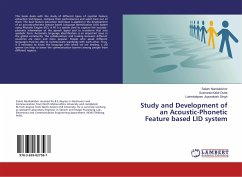Handwritten recognition is not a new technology, but it has not gained public attention until recently. It has been observed thatall sorts of structural, topological and statistical information about the characters does not lend a helping hand in the recognition process due to different writing styles and moods of persons at the time of writing. For more than 30 years, researchers have been working on handwritten recognition. Over the few past years, the numbers of companies involved in research on handwritten recognition are increasing continually. The ultimate goal of designing a handwritten recognition system with an accuracy rate of 100% is quit illusionary, because even human beings are not able to recognize every handwritten character without any confusion. It can be seen that most of the people cannot even read their own notes.The objective of this book is to study existing feature extraction methods viz. Fourier descriptors and ring features and their capability to recognize handwritten isolated numerals with the minimum distance classifier . The 500 handwritten numerals are from zero to nine and in Marathi script and they are collected from 50 multiple writers.
Bitte wählen Sie Ihr Anliegen aus.
Rechnungen
Retourenschein anfordern
Bestellstatus
Storno

